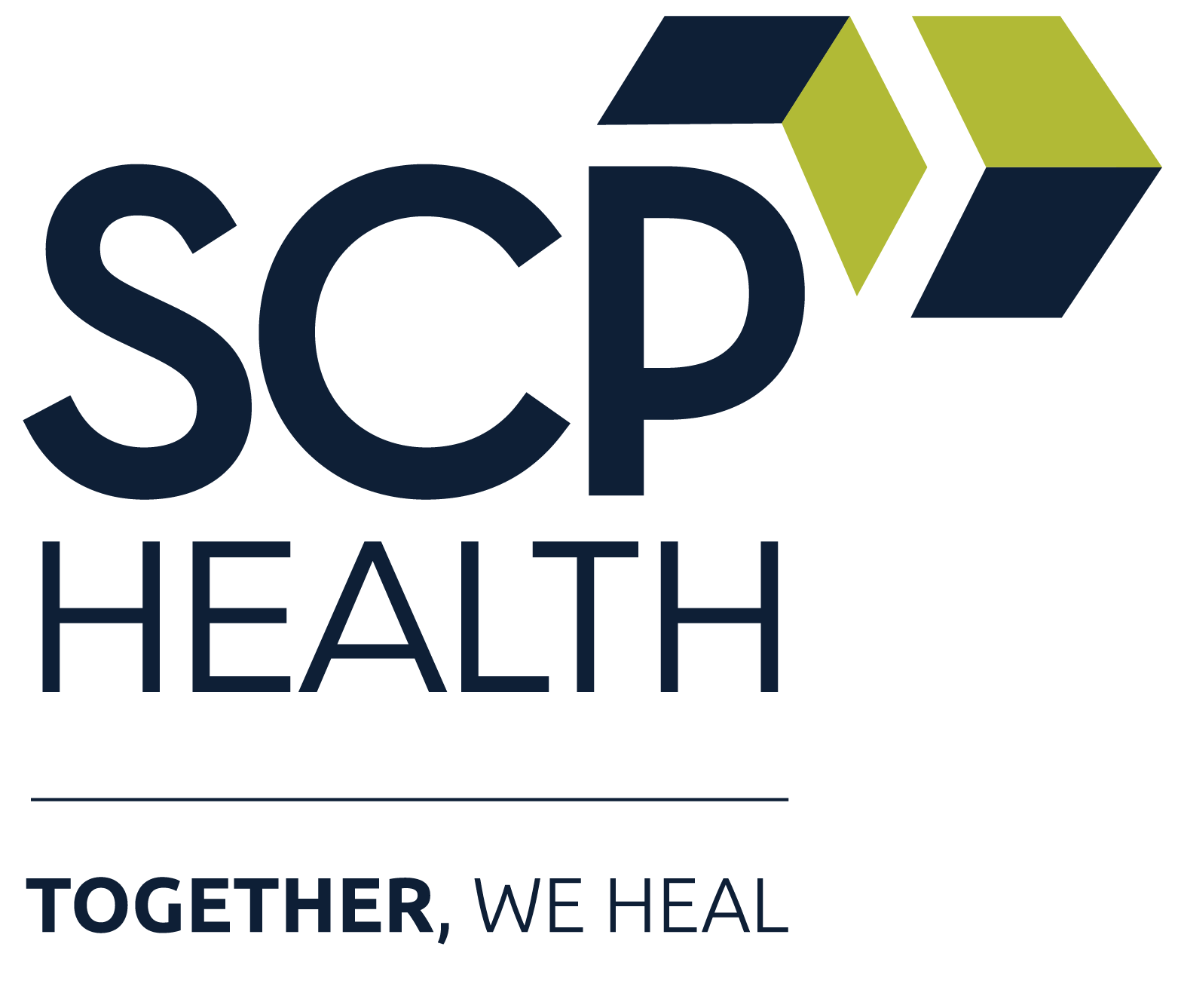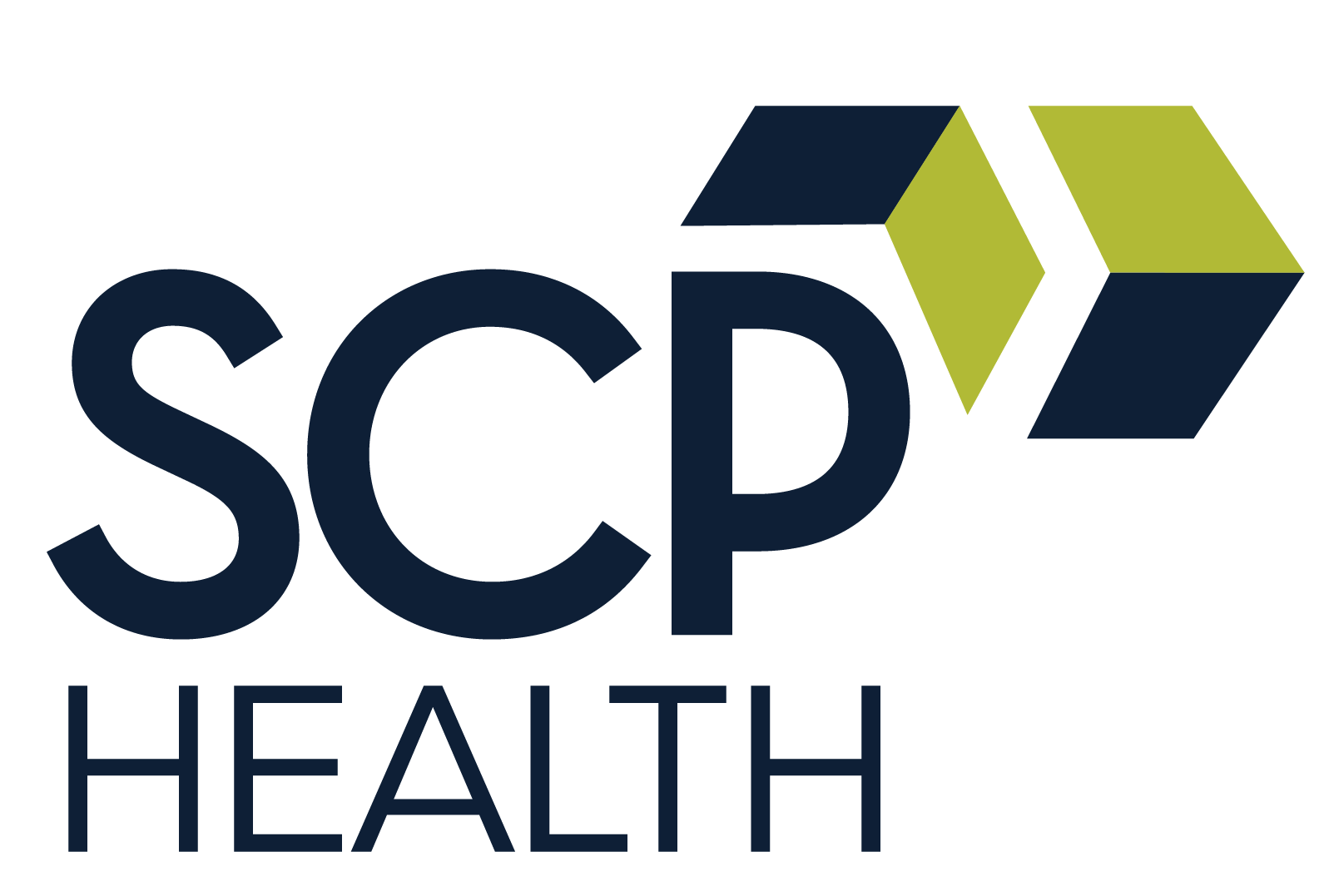While Amazon uses AI to coordinate millions of package deliveries across global supply chains in real-time, many hospitals still rely on spreadsheets and intuition to manage staffing during patient surges. This operational gap introduces a significant opportunity. Health care operations have reached an unprecedented level of complexity, marked by unpredictable patient volumes and persistent staffing challenges. As a result, the divide between organizations leveraging artificial intelligence and those relying on traditional methods is widening at an accelerated pace.
The adoption of AI is no longer a futuristic idea; it is a present-day strategic imperative. In fact, 85% of health care organizations are now actively exploring the implementation of generative AIi, recognizing its potential to deliver substantial returns on investment. For health system leaders, this technology offers a path not just to greater efficiency, but to operational survival and competitive advantage.
By embracing artificial intelligence, hospitals can achieve remarkable gains.
The operational challenge in modern health care
Today’s landscape has hospitals grappling with a reality where patient volumes are unpredictable. Traditional forecasting models, designed for a more stable environment, often fail to account for modern societal changes such as remote work, evolving insurance coverage, and demographic shifts. This unpredictability is intensified by ongoing staffing shortages, making any mismatch between patient demand and clinical resources even more acute.
This inefficiency carries a significant human and economic impact:
- Patient safety risks: Understaffing during surges can compromise patient safety, increase wait times, and negatively affect satisfaction scores.
- Clinician burnout: Unpredictable and demanding schedules are a major contributor to physician and nurse burnout, making workforce retention even more difficult.
- Increased costs: Last-minute staffing adjustments are far more expensive than planned scheduling.
In this environment, organizations that continue to rely on manual processes are at a competitive disadvantage. Early adopters of AI are already establishing long term advantages, not only in cost efficiency but also in clinician satisfaction and quality of care. The reliance on manual methods is quickly becoming unsustainable.
The AI-powered solution: A three-pillar framework
Modern AI represents a paradigm shift from simple prediction to dynamic creation. It goes beyond traditional analytics by generating scenario plans for unforeseen situations and providing clear, natural-language explanations that build confidence among clinical leadership. A successful AI-driven operational strategy is built on three pillars: predictive forecasting, simulation, and intelligent optimization.
1. Predictive volume forecasting
At the core of operational excellence is the ability to anticipate demand. Advanced machine learning algorithms can achieve 90-95% accuracy in predicting patient volumes 60 to 90 days in advanceii. This level of forecasting can be as granular as 15-minute intervals, providing a clear foundation for strategic planning.
This precision enables proactive resource planning. Moving from a reactive approach to a proactive one ensures the organization is equipped to meet patient needs. In addition, these AI models are designed to continuously learn, improving their accuracy as new data becomes available.
2. Simulation tool technology
The second pillar is the adoption of simulation tools that provide a real-time, virtual representation of the hospital environment. These systems can run hundreds of thousands of “what-if” scenarios, modeling multiple variables simultaneously, such as patient acuity, arrival patterns, and resource utilization.
Simulation technology transforms decision-making by allowing leaders to:
- Analyze the potential impact of closing a unit for renovations.
- Prepare for a regional public health crisis.
- Balance operational priorities against budget constraints with evidence-based confidence.
Simulation provides a risk-free environment to test strategies and prepare for emergencies. This capability turns uncertainty into a manageable variable, adding an extra layer of resilience.
3. Intelligent staffing optimization
The final pillar brings forecasting and simulation together by generating actionable staffing recommendations. AI algorithms can balance priorities like patient satisfaction, quality, and throughput.
These systems produce explainable recommendations that empower departmental leaders. For example, they might suggest, “Recommend adding two NPs for the evening shift based on a predicted 15% volume increase from a regional respiratory outbreak.” The transparency of these recommendations helps build trust with users. Furthermore, these systems can automate communications and integrate directly with existing scheduling platforms, making the transition from prediction to execution seamless.
Integrated AI solutions are already delivering tangible results at over 100 sites, leading to an average cost efficiency improvement of 9%iii. By enabling scheduling 60 to 90 days in advance, these tools improve work-life balance, increase shift parity, and boost provider satisfaction.
A practical implementation strategy
Implementing AI in hospital operations requires a clear, strategic approach. This transition is more than a technology upgrade; it is a fundamental operational shift.
- Start with a pilot:
Begin with a single department to demonstrate value and establish baseline metrics and playbooks. Early wins help create momentum for a broader rollout.
- Engage clinical champions:
Involving clinical leaders from the start increases the credibility and effectiveness of the new system. These champions are essential for validating models and driving adoption. Establishing robust feedback loops ensures the technology meets real-world needs.
- Scale with governance:
As you expand, integrate AI initiatives into your organization’s broader operational governance. This ensures strategic alignment and creates a framework for ongoing oversight and optimization.
An essential success factor is choosing the right partner, one that pairs cutting-edge technology with deep health care expertise. Technology should be powerful and explainable; clinical leaders need to trust and understand recommendations. Do not overlook robust change management—successful transformation depends on both innovation and organizational buy-in.
The strategic imperative for intelligent automation
The operational pressures on health systems, including tight margins, staffing shortages, rising patient expectations, are only set to intensify. The competitive gap between AI adopters and those using traditional methods is growing, and incremental changes will no longer suffice.
AI implementation has become an essential component of running a modern, resilient health care operation. The tools to predict demand, simulate scenarios, and optimize resources are already available. Success depends on partnering with an organization that blends technological innovation with a deep understanding of the unique operational challenges in health care.
The decision facing health system leaders is no longer if AI will transform hospital operations, but when—and whether they will lead that transformation or be left behind. Now is the time to embrace intelligent automation as the foundation of operational excellence.
Ready to transform your hospital operations with proven AI-powered solutions? Contact SCP Health today to learn more or to schedule a consultation with our experts






